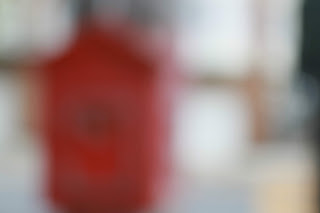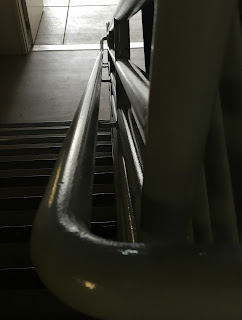leading line: leading line refers to a composition technique where the viewer's eye is attracted to lines that lead directly to the principal subject in the image.
Subscribe to:
Post Comments (Atom)
"Best of Series"
Throughout these past three weeks, we have been working on our projects which I chose to follow Uta Berth's vision of creating blurred i...

-
This week we continued our work with doing portraits of our classmate's styles. This is a picture of Danny, I used his series of pho...
-
This week I tried to perfect my style of getting the light to work with the images. I also continued my work with Uta Berth's style of p...
-
Throughout these past three weeks, we have been working on our projects which I chose to follow Uta Berth's vision of creating blurred i...


















I thought your leading lines photos was the best out of all the composition photos. The only suggestion I have it I think the depth staging photos where a little messy (I couldn't really tell what I was looking at and what kind of compositions it was). Other than that I though you did really well. good job.
ReplyDeleteI thought you did really well on this assignment. Each image you can clearly see the specific composition for each. You photos are also very beautiful, it shows that you spent a lot of time positioning yourself in the right angle to get it perfect. Nice job!
ReplyDeleteI like all of these! Some could be more in focus, as there is some blur or over-exposure in some areas, but overall they look great. Especially the one with me in it.
ReplyDeleteI like how you used people for depth staging, my only suggestion is to not crop the depth staging photos as much and use different ideas for depth staging.
ReplyDeleteI really like how you used the leading lines to add depth into your photos. The leading lines in your photo make it feel as though the lines go on forever, but there is a point where they stop. I really like your fourth photo because even though the leading lines were hard to see, you made both repetition and leading lines. Overall, great job with your photos!
ReplyDeleteI think you did a really good job on this assignment. I think that your leading lines section is your strongest. Overall, really nice job.
ReplyDelete